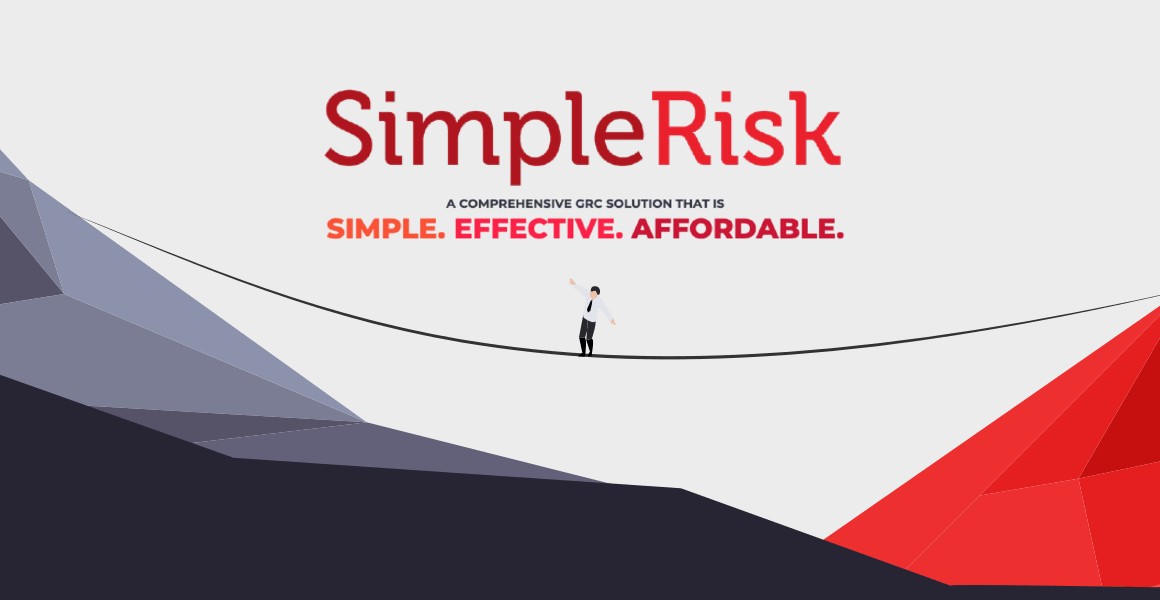We are frequently asked about using the CIS Critical Security Controls in SimpleRisk. In this blog post you will learn about the different ways you can use their controls with our platform.

These CISOs GRC is Failing Them And I Know Why
Today I attended a CISO roundtable where a number of the attendees talked about their GRC platforms that have taken over a year to "connect all the wires" and they're still in the process of implementing. I know why their GRCs are failing them and there is a better way.

SimpleRisk Free and Open Source vs. Fully Featured Platform
Curious about SimpleRisk’s product offerings and available functionality? Read on to learn about our flexible deployment models – from free and open source to fully-featured GRC platform!

Normalizing Risk Scoring Across Different Methodologies
If the "textbook" definition of risk scoring is Risk = Likelihood x Impact, then a Severe (5) impact and an Almost Certain (5) likelihood should have a score of 25, right? The answer isn't quite so simple...

SimpleRisk On-Premise or Hosted - Which Deployment Model is Right for You?
As the Information Security Program Owner at National Instruments, I spent years contemplating the answer to a ...

SimpleRisk Now Offering Complimentary Risk Management Program Consulting to Customers
As the Information Security Program Owner at National Instruments, a $1.4B global enterprise, I've spent the past ...


